“A life of colour, aesthetics & the discipline of an artiste”
An exclusive interview with W Devenasan Charles
By Vidhya Nair
In this month’s interview, we meet with W Devenasan Charles, for whom learning dance opened doors into a career of a celebrated make-up artist, a life-long performer and a spiritual seeker. “Our culture is from India – a chosen land of the Gods. We must make an effort to appreciate our own culture and find deeper meaning and pride in what is ours,” says Charles as his advice to the next generation of local artistes.

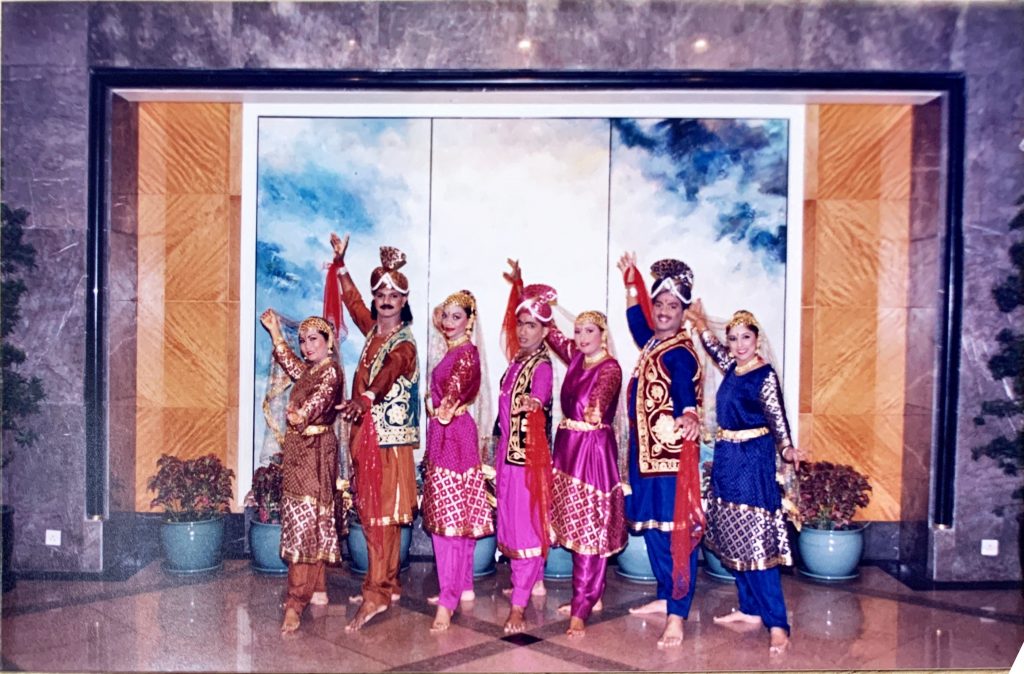
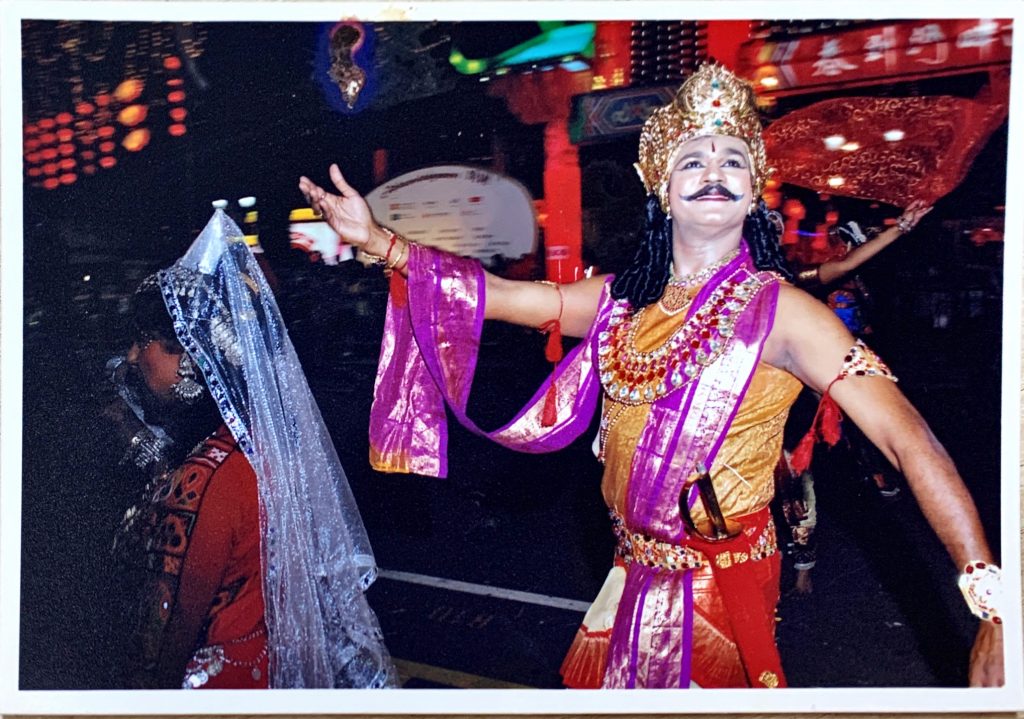
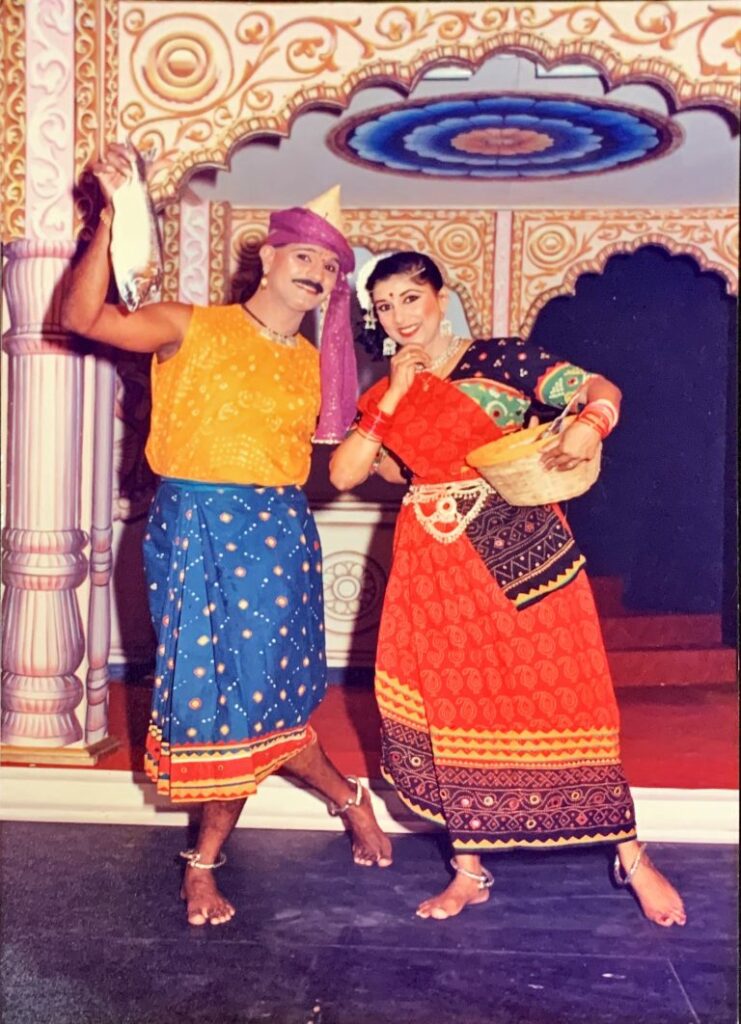

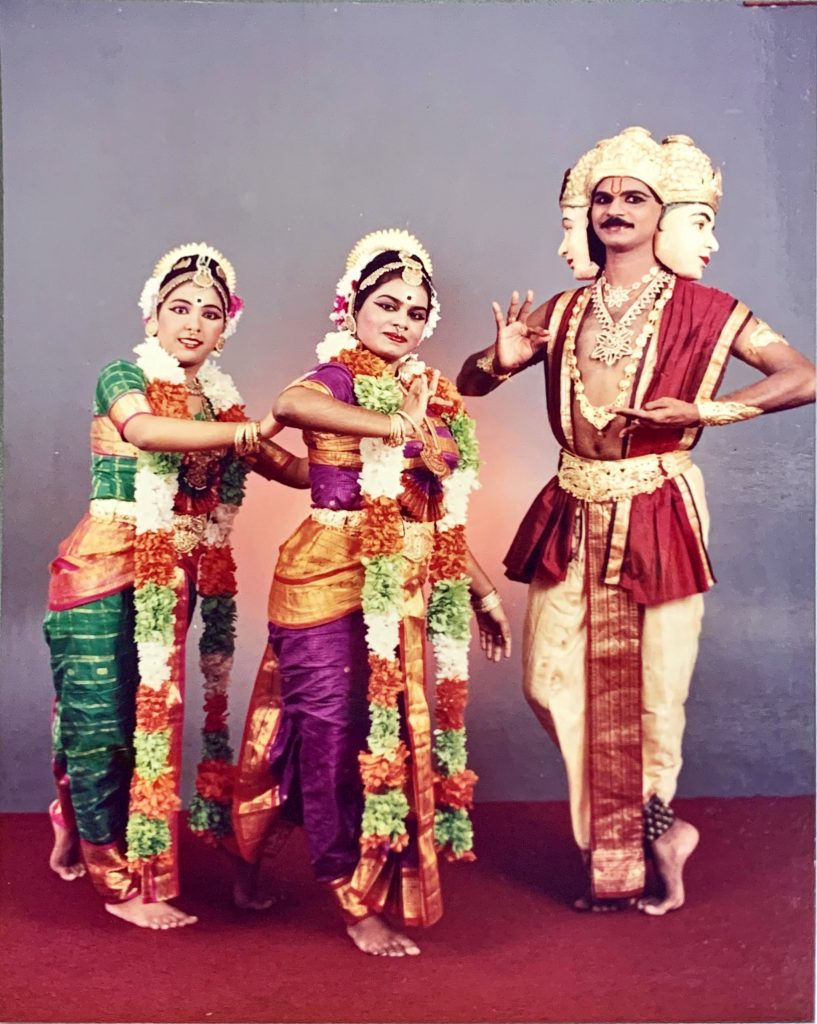
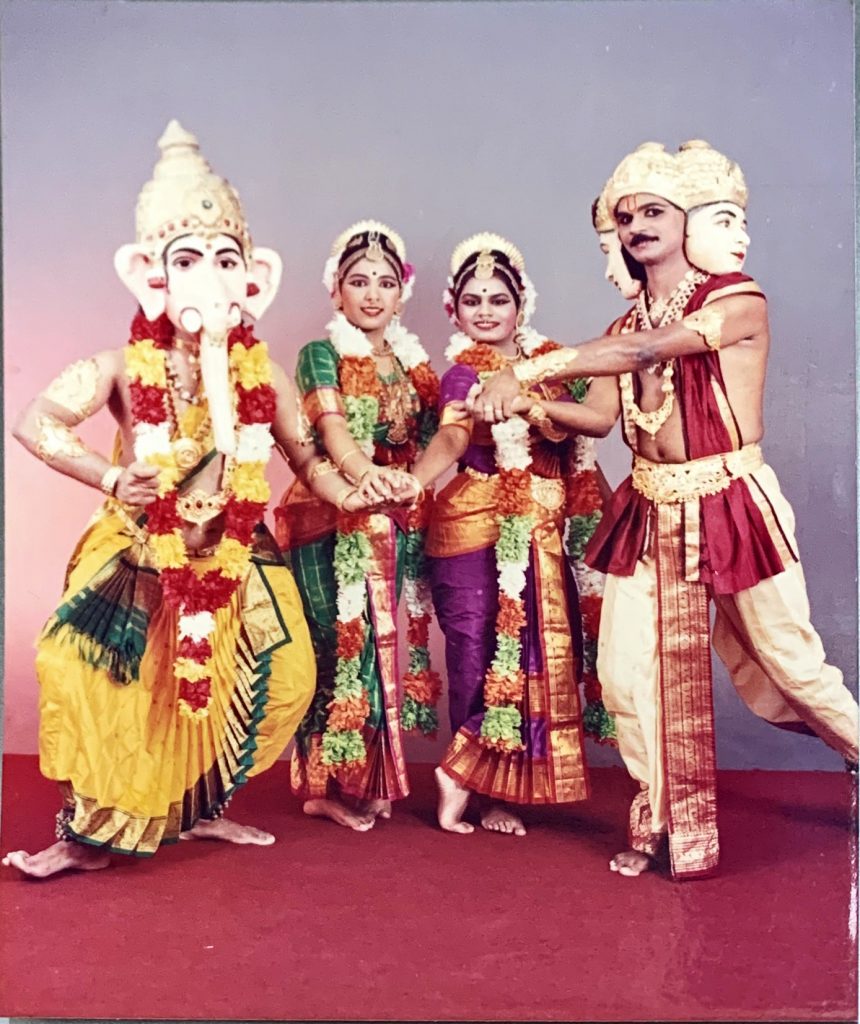
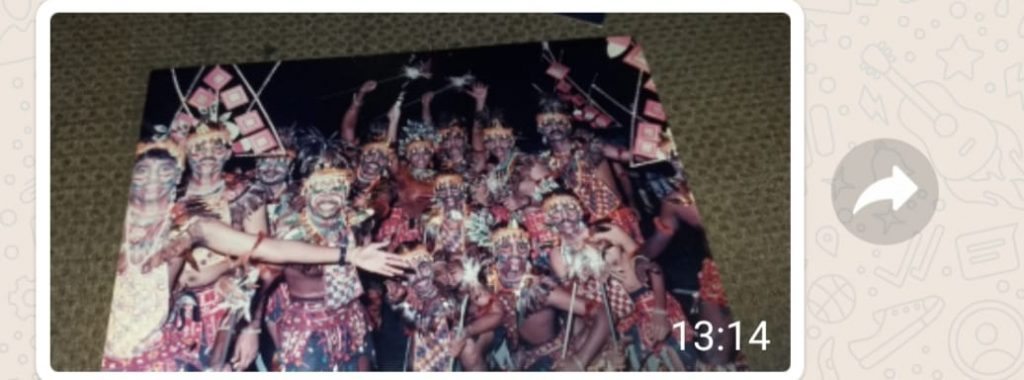
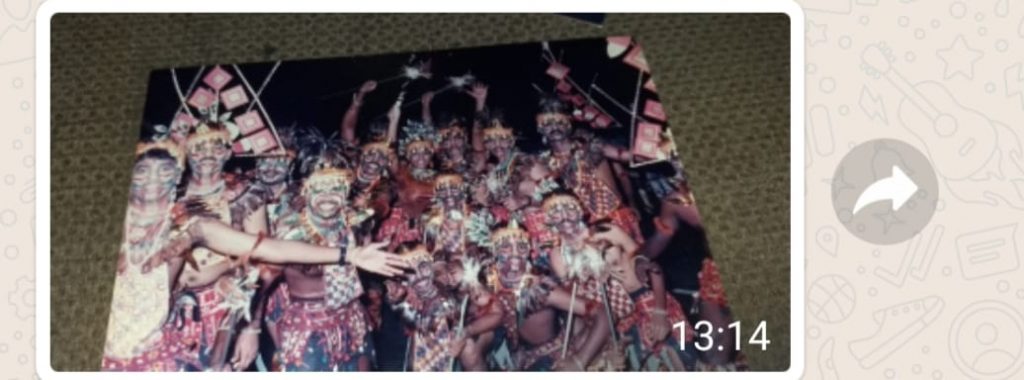
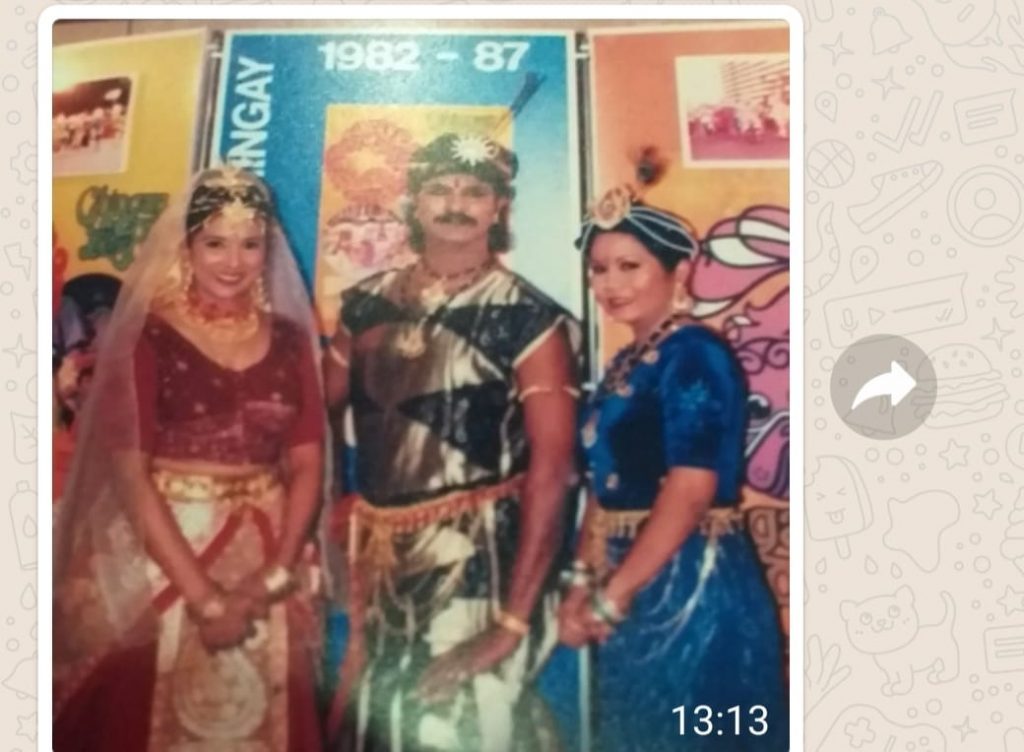
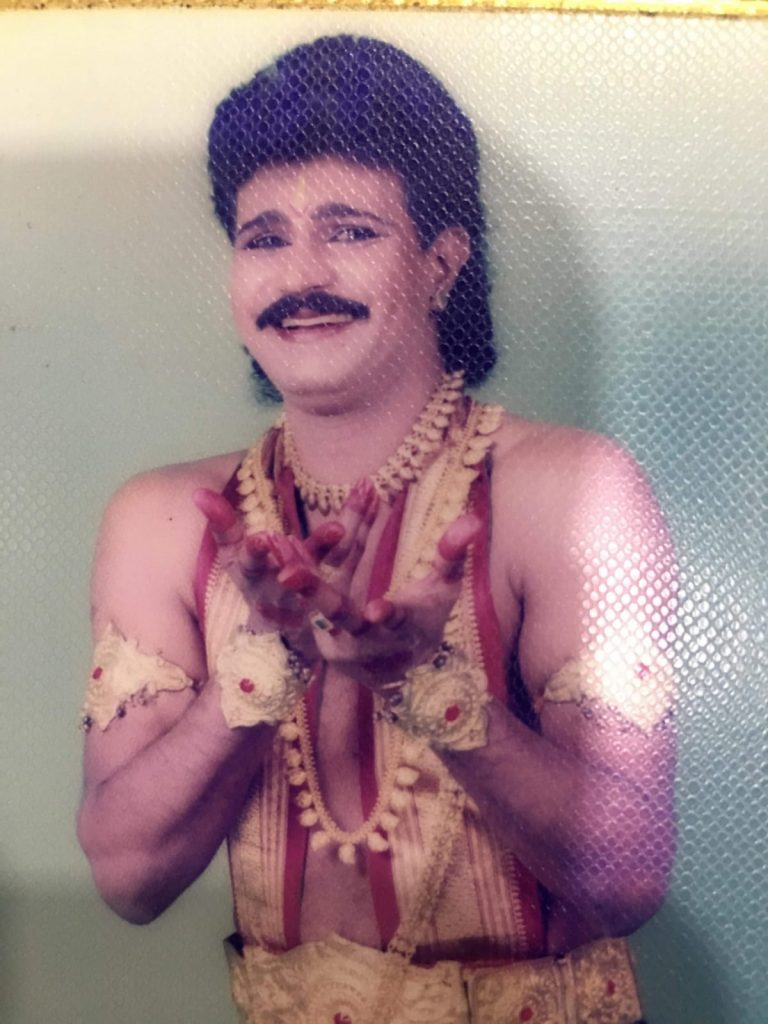
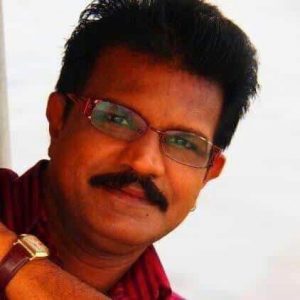
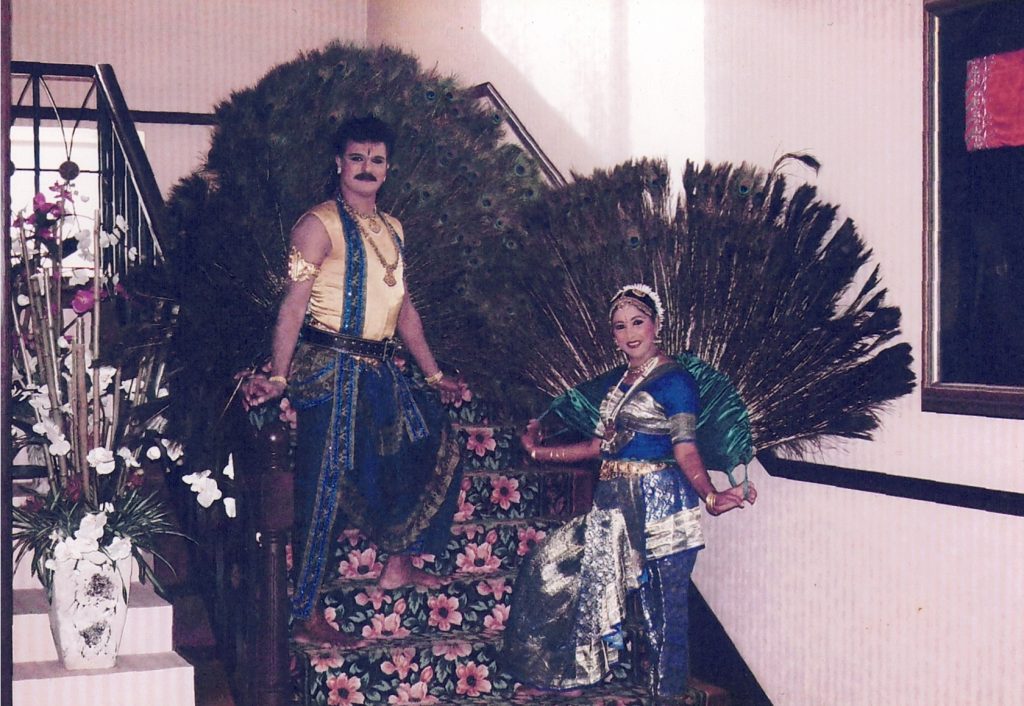
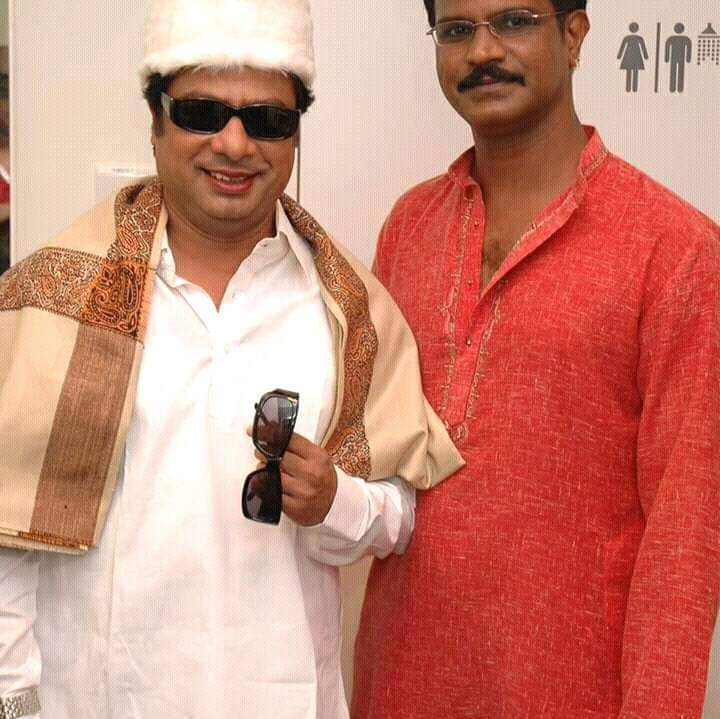
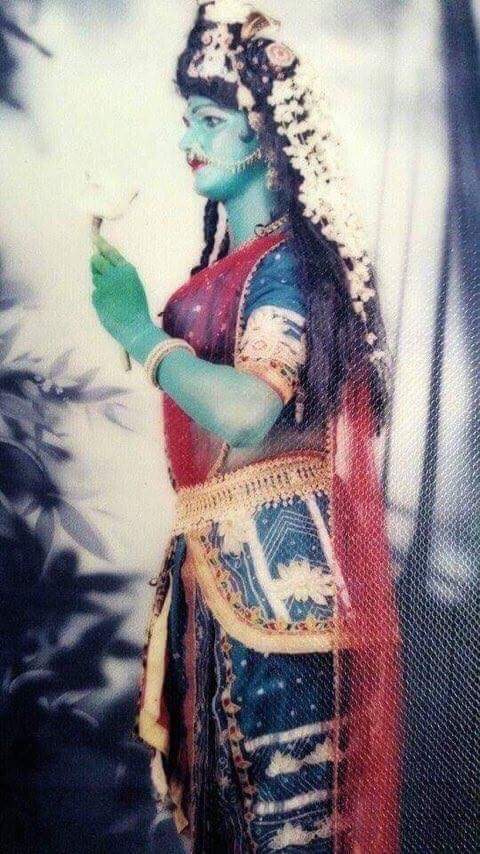

VN: When did your interest in the arts happen? Was this something you were exposed to in your family in your youth? DC: I came from a mixed parentage household – Father (Tamil Christian) and Mother (Sinhalese Muslim). Our family value system was built on a strict, rules-based disciplined upbringing. We were exposed to all religions and I kept an open mind. My father was interested in music and self-taught in many musical instruments and often played with his friends. My mother was a fair beauty and often dressed immaculately and I found myself interested in helping her look her best. VN: What was your earliest memories of learning dance and how did you get involved? DC: As a teenager, I was part of an informal dance group and met other like-minded people. I had a natural inclination, poise & rhythm. I was captivated to learn Bharatanatyam when I first saw other young men performing in Kala Mandir’s (now known as Temple of Fine Arts) in the early 1980s and later in Bharataanjali [founded by my senior V Balakrishnan]. I decided to learn formally and began taking classes in my early 20s in both dance & music. Quickly, I was roped into the People’s Association (PA) Indian Dance Troupe when I was 24 which resulted in my early encounters with Mami, who was teaching at PA. VN: Tell us about your early days with PA & Apsaras ArtsDC: At PA, our ensembles largely performed contemporary & folk dances. There was a distinction between the PA dancers and Apsaras Arts girls who already had years of formal Bharatanatyam training. It was Mami through her creative choreography that brought these distinct groups and styles together. She understood the aesthetics of both genres and she helped bring the dancers together so that we would work as a team and perform as a single unit. This bond was built over the decades through our overseas trips representing Singapore. I visited many countries from Paris, London, Germany, Macau, Taiwan, Hong Kong, China, Japan, Malaysia & India. In the course of these trips, I learned and developed skills in make-up & hair, backstage production & costume design. All of these areas require a sharpness to pick up and execute quickly and accurately according to the demands of the production which I enjoyed and took up seriously. VN: Over the decades, what are your memories of Mami and can you share glimpses of your relationship with us?DC: Mami was a strict yet lovable teacher. I used to be very fearful of her but regarded her as my mother and I respected her deeply. She was endearing and called me “Raja….” I miss her but for me, she still lives. I feel her presence and I occasionally have visions of her and consider her demise, a personal loss. We developed a professional and personal relationship that allowed us to be very frank with each other and lean on each other through challenges. My greatest admiration for her is her brave vision to execute productions which would seem impossible at the start but she had the tenacity to make it happen and bring everyone to see her vision come alive. With her guidance, I was able to push my boundaries in playing many roles which has shaped my dance identity and my confidence as a performer and transformation into enigmatic stage characters. [ Charles is known for a number of stage roles which have become synonymous with him – Brahma, Ardhanarishvara & Peacock dance to name a few] VN: How did you branch into other areas like backstage production, hair/make up and make it your full-time pursuit? DC: These roles in Mami’s productions incentivised me to pick up formal skills in make-up. I did a number of courses – Cosmoprof for professional make-up techniques, School of Hollywood for advanced prosthetics, Victoria Jackson Cosmetics to further enhance my professional make-up expertise. To be in this line of work, paying attention to details, being organised, punctual are essential. These skills helped open many doors within the arts industry. From PA to TCS (precursor to MediaCorp), it was no easy feat to take charge of choreography and backstage for over 100 artistes over 10 days of National Day performance and for 13 years, exclusively for Vasantham Channel under the tag “Charles n Team”, I am proud to say that we dressed and styled a generation of artistes seen on TV. Thinking back, my career in this line flourished alongside my own performances simultaneously. I have been a freelance make-up artiste working with a variety of artistes such as Ravindran Drama Group, Avant Theatre, Manimaran Dance Group, Maya Dance Theatre, Bharatha Arts, Sathyalayam and engaged by performers like Roshni Pillay, Sharmila Gunasingam, Priyalatha Arun, Gayatri Sriram, Shanta Ratii, V Balakrishnan, Chitra Sankar, V Balagurunathan, Ramli Ibrahim (Malaysia), Ajit Bhaskar (Suvarna Arts), Girish Malika Panicker and Mrs Shanta Bhaskar till date. I have fond memories of working with well-known Indian cine-artistes like directors Balachander & Parthiban, Solomon Pappaiah, singer Chinmayi, Mathangi, Prasanna, Tippu-Harani, Michael, Pandiarajan, Anita Ratnam, Vani Ganapathy, OS Arun, Methi Oli Group, Leonie Group and I still do large scale events like Singapore Youth Festival troupes, People’s Association and major Apsaras Arts productions like Kannagi & Angkor. In 2000, I received the “Artistic Excellence “award and in 2008, the “Kala Sevaka Mani” award. These recognitions by Mami and Apsaras Arts are an important validation to my contributions. I also received the Top 10 Artiste award at the World Expo in 2005 at Nagoya and for two weeks, toured Japan publicising and representing Singapore’s dance culture. In my view, make-up for dance, television, live shows are actually a science in itself. It’s a customised skill which requires a deep understanding of the context and its really about enhancing one’s own natural beauty while staying true to the artistic persona. An understanding of colours, light design and expressions helps you create the right look. Investment and understanding in this knowledge are essential to be effective and successful in this field and your work is highly visible. I have always taken pride in my ethics within this profession. VN: As an experienced dancer, what does Bharatanatyam mean to you? How have you retained your spark and interest in Bharatanatyam all these years? DC: For me, this dance form is a discipline that gives a spiritual experience. The mythological characters need to be portrayed with Bhakti for it to resonate with the audience. 90% of the art is learned through training but it becomes 150% through the magic you bring to a stage performance. In my dancing career, I’ve encountered many divine moments which have taught me how to overcome adversities both physically and mentally. Some stage performances don’t go as planned but this inner strength that Bharatanatyam gives helps you to overcome them. I recall a duet performance in Japan where the audio didn’t work and we still danced following the rhythm within the choreography. The audience believed this audio-less performance was deliberate! Once, we performed an ensemble dance in scorching heat in Macau. It was a real feat – staying true to our dance expressions! Another memory was an overseas ensemble performance where I hurt my back hours before the performance and miraculously after a prayer and a short rest, I performed effortless without even feeling any pain. The more an artiste performs, the more knowledge one acquires – whether in aesthetics and techniques. As my mentors like Mami, Manimaran & Tabla Maniam have departed in recent times, I find myself reflecting with gratitude on the long dance career I had with them – from age 24 to 60 years now. VN: You have been a witness to the Indian Cultural scene for many decades. What are your thoughts on how Bharatanatyam and the way Indian culture is portrayed in Singapore – in live shows, media? DC: These days, I see an adulteration of classical dance in the name of contemporary. There are certain Banis in Bharatanatyam like the Kalakshetra bani which have a legacy and approach that’s distinctive. I consider many of the modern movements as contemporary being promoted as classical dance. These approaches can’t expect to have sustainability. On TV, frankly there are nominal classical dance featurettes but sporadic marketing for it. There is no main stream platform for it. Indian heritage & culture is very rich. We need our dance teachers to be more disciplined in making use of opportunities better and project it correctly. VN: Compared to your generation, what do you see as trends in the younger generation? DC: When performing a character, its important to imbibe the personality of the portrayal. I consider a live performance a form of karma – a humbling opportunity to create a magical moment. Today, we often see prima donnas on stage. A sincere artiste never dies. VN: In your opinion, do you see any significant trends in Bharatanatyam in Singapore? DC: Today, the environment has created many opportunities for learners. There are good teaching schools and government support is there. The students today are mostly the expatriates. They are exposed to the culture and are willing to take up the discipline and have embraced the art as their own. The local youngsters are influenced by the West. Our culture is from India – a chosen land of the Gods. We must make an effort to appreciate our own culture, not be easily sold to the trends of the West and find deeper meaning and pride in what is ours. It has been a pleasure sharing my thoughts and life journey here. I would like to thank Aravinth Kumarasamy for giving me this interview opportunity. I have always cherished the memories, fellowship and friendship I share with many of the senior Apsaras Arts dancers over our performing years together. All at Apsaras Arts remain dear to my heart and I continue to wish it flourish and continuity.









